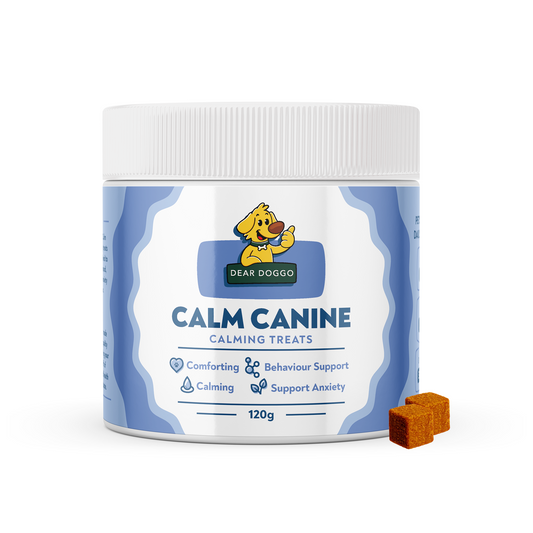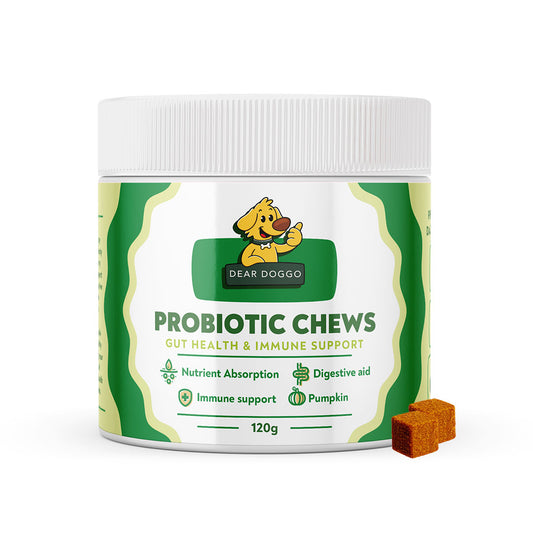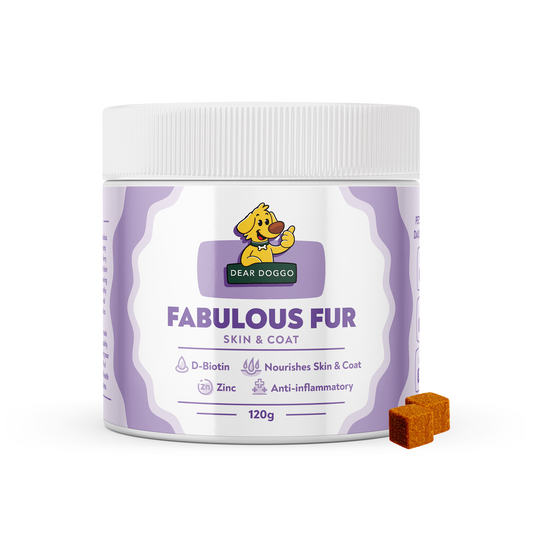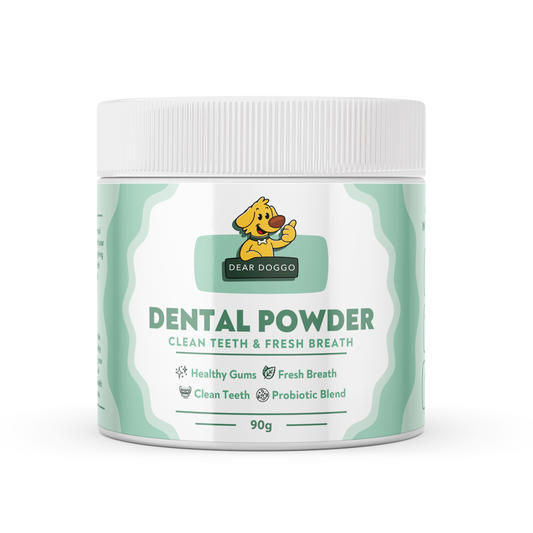In recent years, the raw feeding trend for dogs has been gaining traction among pet parents seeking to provide their furry friends with a more natural and wholesome diet. But what exactly does a raw diet entail, and why is it garnering so much attention? Let's delve into the raw truth behind this canine culinary approach.
What is a Raw Diet for Dogs?
A raw diet for dogs, often referred to as a BARF diet (Biologically Appropriate Raw Food) or a prey model diet, is a feeding regimen that mimics what dogs' ancestors would have consumed in the wild. It primarily consists of raw meats, bones, organs, and sometimes vegetables and fruits. The idea is to provide dogs with a diet that closely resembles what their carnivorous nature is adapted to digest.
Key Components of a Raw Diet:
-
Raw Meat: The foundation of a raw diet for dogs is raw meat sourced from high-quality, preferably organic, sources. This can include beef, chicken, turkey, lamb, fish, and more. Raw meat provides essential proteins, fats, and amino acids necessary for muscle development, energy, and overall health.
-
Edible Bones: Raw bones, such as chicken necks, backs, and wings, are a crucial component of a raw diet. They provide calcium, phosphorus, and other minerals necessary for healthy bones, teeth, and joints. Chewing on raw bones also helps maintain dental health by reducing plaque and tartar buildup.
-
Organ Meats: Organ meats, such as liver, kidney, and heart, are nutrient powerhouses rich in vitamins, minerals, and essential fatty acids. They provide vital nutrients like vitamin A, iron, and B vitamins, which are essential for a dog's overall well-being.
-
Vegetables and Fruits (Optional): Some raw feeders choose to include small amounts of vegetables and fruits in their dog's diet for added fiber, vitamins, and antioxidants. Common options include carrots, leafy greens, apples, and blueberries. However, vegetables and fruits should make up a small portion of the diet compared to meat and bones.
Benefits of a Raw Diet for Dogs:
- Improved Digestion: Raw diets are often easier for dogs to digest, leading to reduced instances of bloating, gas, and digestive issues.
- Healthier Skin and Coat: The balanced nutrition provided by a raw diet can promote healthier skin, a shinier coat, and reduced shedding.
- Enhanced Dental Health: Chewing on raw bones helps naturally clean teeth and gums, reducing the risk of dental problems like tartar buildup and gum disease.
- Increased Energy and Vitality: Many raw-fed dogs experience increased energy levels, stamina, and overall vitality, leading to a happier and more active lifestyle.
Is a Raw Diet Right for Your Dog?
While a raw diet offers numerous potential benefits, it may not be suitable for every dog. Factors such as age, health status, and dietary preferences should be taken into consideration before making the switch. It's essential to consult with a veterinarian or canine nutritionist to ensure that a raw diet meets your dog's nutritional needs and is safely implemented.
In conclusion, a raw diet for dogs offers a natural and nutrient-rich alternative to conventional commercial diets. By providing dogs with a diet that aligns with their biological needs, pet parents can support their furry companions' health, vitality, and overall well-being. Just remember, the key to success lies in sourcing high-quality ingredients, ensuring nutritional balance, and tailoring the diet to meet your dog's individual needs. Here's to nourishing our canine friends from the inside out! 🐾
 45-Day Money Back Guarantee
45-Day Money Back Guarantee





